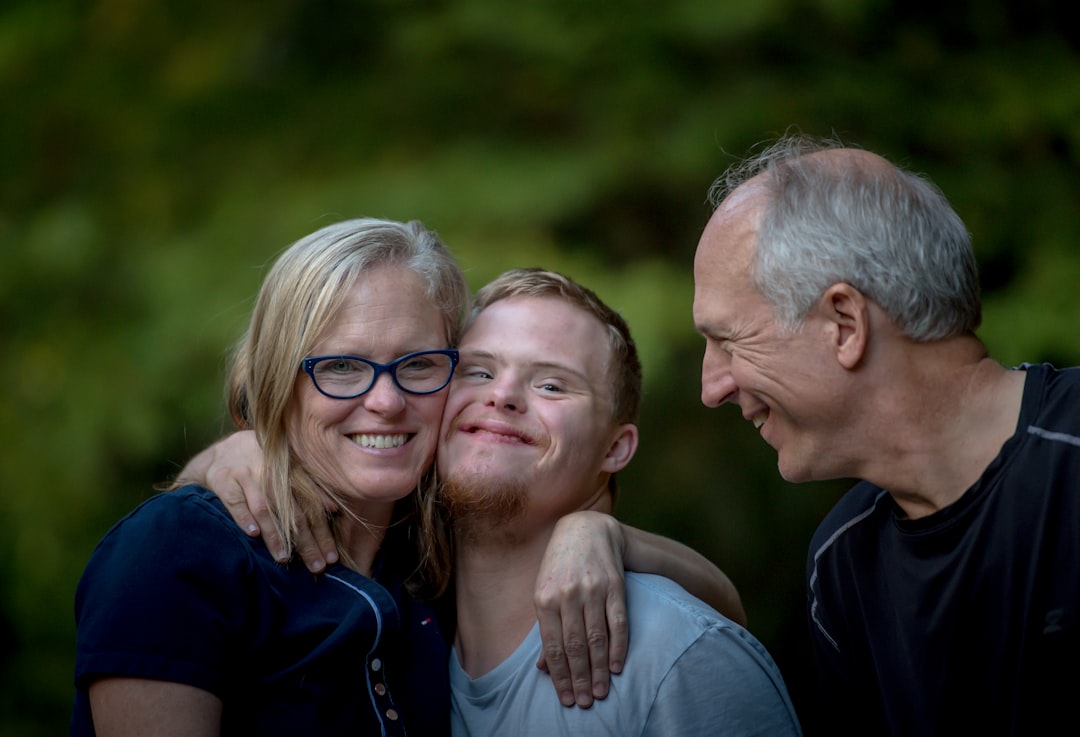All Nonfiction
- Bullying
- Books
- Academic
- Author Interviews
- Celebrity interviews
- College Articles
- College Essays
- Educator of the Year
- Heroes
- Interviews
- Memoir
- Personal Experience
- Sports
- Travel & Culture
All Opinions
- Bullying
- Current Events / Politics
- Discrimination
- Drugs / Alcohol / Smoking
- Entertainment / Celebrities
- Environment
- Love / Relationships
- Movies / Music / TV
- Pop Culture / Trends
- School / College
- Social Issues / Civics
- Spirituality / Religion
- Sports / Hobbies
All Hot Topics
- Bullying
- Community Service
- Environment
- Health
- Letters to the Editor
- Pride & Prejudice
- What Matters
- Back
Summer Guide
- Program Links
- Program Reviews
- Back
College Guide
- College Links
- College Reviews
- College Essays
- College Articles
- Back
Brainwave Teen Psychology Feature: Down Syndrome
Background
We learn that we should treat others with respect in kindergarten. Later, we realize when we should hold empathy for others, especially in difficult or frustrating situations as we are all struggling with something. We are predisposed to have different experiences or ways of life from birth. Down Syndrome (trisomy 21) is a genetic disorder caused by abnormal mutations which give babies an extra chromosome 21. Chromosomes hold our genes that govern functional and physical attributes, including height, hair, and eye color. We receive 23 pairs of chromones from our mother and father, so the extra chromosome does not latch on and pair with another. The excess genetic material yields delays in development (KidsHealth).
Don’t be mistaken: people with Down Syndrome can live fruitful, happy, and successful lives with the proper support and encouragement like anyone else. The same sentiment applies: don’t treat somebody in a condescending way that discredits or limits their abilities! What’s important is that the proper support and scaffolding are encouraged and available. It is a sign of strength to ask for help no matter who you are.
Physical Signs
Down Syndrome can manifest physically in various ways. Some signs in children include:
● A flat facial profile
● Slanted eyes
● Small head
● Protruding tongue
● Low muscle tone (hypotonia)
● Relatively short fingers and small hands and feet
Learning
As Down Syndrome delays the development of the brain relative to peers, individuals with down syndrome have some form of mild to moderate cognitive impairment, slowing language and hindering short and long-term memory recall and application. Given that most children are diagnosed before or at birth, intervention programs can be implemented very early-on to stimulate and encourage practice of motor skills, languages, and fundamentals of communication.
Risk Factors
Down Syndrome is not generally hereditary, nor can it be prevented. However, there are numerous factors that influence the likelihood of down syndrome in children.
● Women over the age of 35 are significantly more apt to have a child with down syndrome as older eggs are more apt to mistakes in cellular division
● Men and women can pass on genetic translocation for Down Syndrome (Mayo Clinic) ● Those with a child with Down Syndrome already are more likely to have another
Summary & Conclusion
Down Syndrome poses a significant challenge to learning and communication, but with ample support and the same vicarious love given to any child, people with Down Syndrome can thrive. Their disability doesn’t dictate their whole identity, they are people first. They are what they love to do and are infused with passion, we must always foster empathy and care within our community to ensure we all feel accepted and encouraged to explore what excites us.
Sources
“Down Syndrome.” Mayo Clinic, Mayo Foundation for Medical Education and Research, 8 Mar. 2018, mayoclinic.org/diseases-conditions/down-syndrome/symptoms-causes/syc-20355977.
“Down syndrome (for parents)” - Nemours KidsHealth,8 Mar. 2018,kidshealth.org/en/parents/down-syndrome.html
Similar Articles
JOIN THE DISCUSSION
This article has 0 comments.


This article was written by Allison, a part of our ERMH department in Brainwave Psychology. We are an organization run by high school students who aspire to educate other teenagers and our audience about the world of mental health, and shed light & awareness on various topics that may be unknown or underplayed in the media. We also hope to eliminate the stigma behind mental health in hopes of a more accepting and more-talked about a subject that people do not fear to discuss. We want to share our articles with other teenagers to inspire them to be educated and want to learn more about psychology in teenagers.